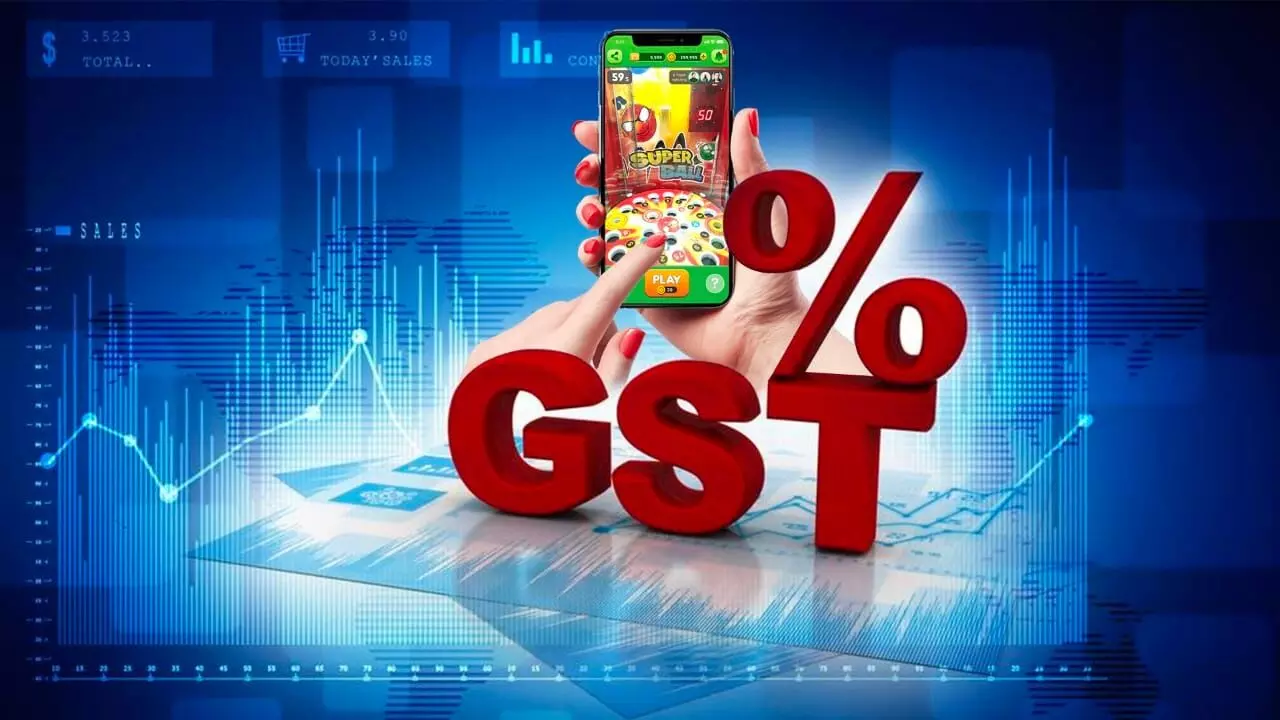Citizen Journalism: GST on handloom and online gaming, a class character of Indian media
Goods and Services Tax Council of India decided to levy 28% GST on online gaming, horse racing, and casinos at full value in its 50th meet in New Delhi on July 11.
By Dr Narasimha Reddy Donthi
NewsMeter has always been at the forefront of highlighting people's problems, celebrating the common person's success, and encouraging people to live their dreams. We are trying to become a bridge between the government and the people. To take this initiative forward, we are introducing a citizen journalism concept. This story is part of the initiative.
Hyderabad: Goods and Services Tax Council of India decided to levy 28% GST on online gaming, horse racing, and casinos at full value in its 50th meet in New Delhi on July 11.
The media is full of stories on how the impact will be on online gaming companies. Thousands of words and valuable internet space are given to these responses. Surely, there will be more pieces of analysis and information by economists and well-known columnists.
Instead, they highlighted industry responses: discourage players from playing, the professionals' livelihoods get burdened, force shift to offshore platforms, impact digital progressing gaming ecosystem (whatever that means), impacts companies' cash flows, and thus investments in innovation, research, and business expansion.
Finance Minister has clarified that the government is focused on making money out of the sector's ability to earn big bucks (looking at the value it generates that can be taxed). All the decision-makers are clear about what they want. What do the media want out of this?
The government's position on online gaming taxation is questionable from various points of view including governance principles, development agenda, socio-economic impacts, etc. What about media? Are they reporting/ commenting merely about a sector's prospect of growth? Do they apply the same yardstick to all the sectors which are impacted by unreasonable GST taxation? They did not.
The handloom sector, which caters to the wear-friendly markets of textiles, has been reeling under GST taxation of 12 percent, on the finished products and also on raw materials including natural fibers such as cotton, silk, wool, etc. Finance Minister has so far not clarified why this sector employs at least 1 crore population in rural and semi-rural areas. Since 2017, we have been raising this issue. However, the media failed to pick up this story to do a thorough analysis of the impacts, on the scale it is helping the online gaming sector now. This is where the allegation of the class character of Indian media sticks (with the strength of a fevicol).
We need to show the mirror to the media, and the government. It has to be done simply because we are concerned about why the livelihoods of lakhs of handloom weavers are of no consequence and does not get the prominence it deserves.
Let us compare both sectors, which are as different as an apple from the orange. My concern is why the media chose to discuss an apple, and why not oranges.
As per Invest India, the gaming industry in India is valued at $930 million (about Rs.7,638 crores). There are 560 million internet users, making it the second-largest internet consumer. We are not sure how many are employed for their livelihood. However, this online gaming can impact the livelihoods of 'hooked' individuals and families can suffer due to this addiction.
On the other hand, the handloom sector employs 45 lakh families and caters to at least 15 percent of the clothing needs of India. It protects employment, the environment, and the economy.
I am seriously concerned about how the media has become a pawn in the hands of a narrative that seeks to imitate development and culture that is gnawing at the roots of Indian democracy and well-being. I am equally concerned about how the Indian government spends hundreds of hours on how to reduce the burden on such sectors as online gaming, modern cars, cigarette, and other sectors, while it spends hardly a second on the deteriorating conditions of handloom livelihoods due to unnecessary and discriminatory GST on handloom sector.